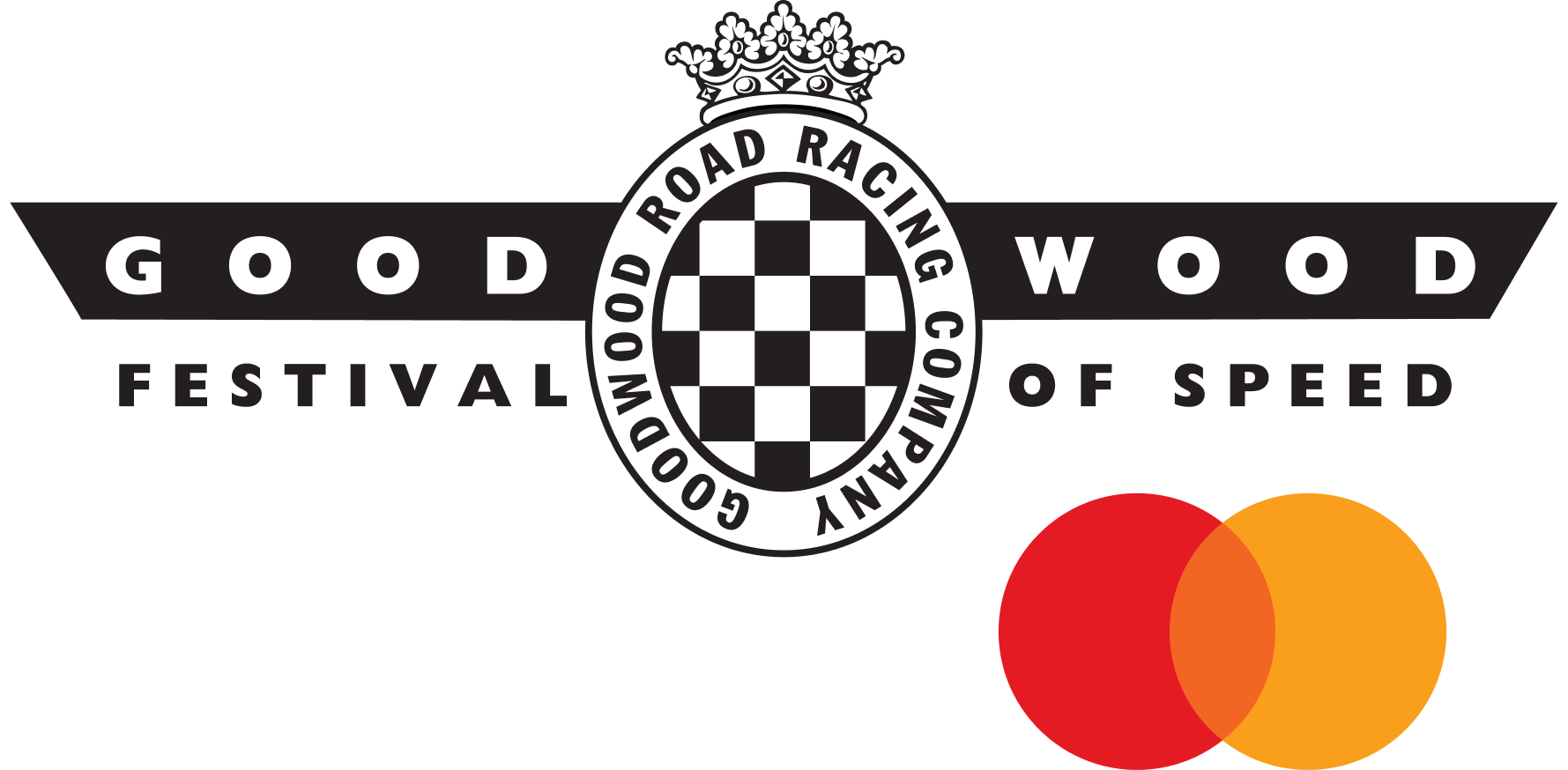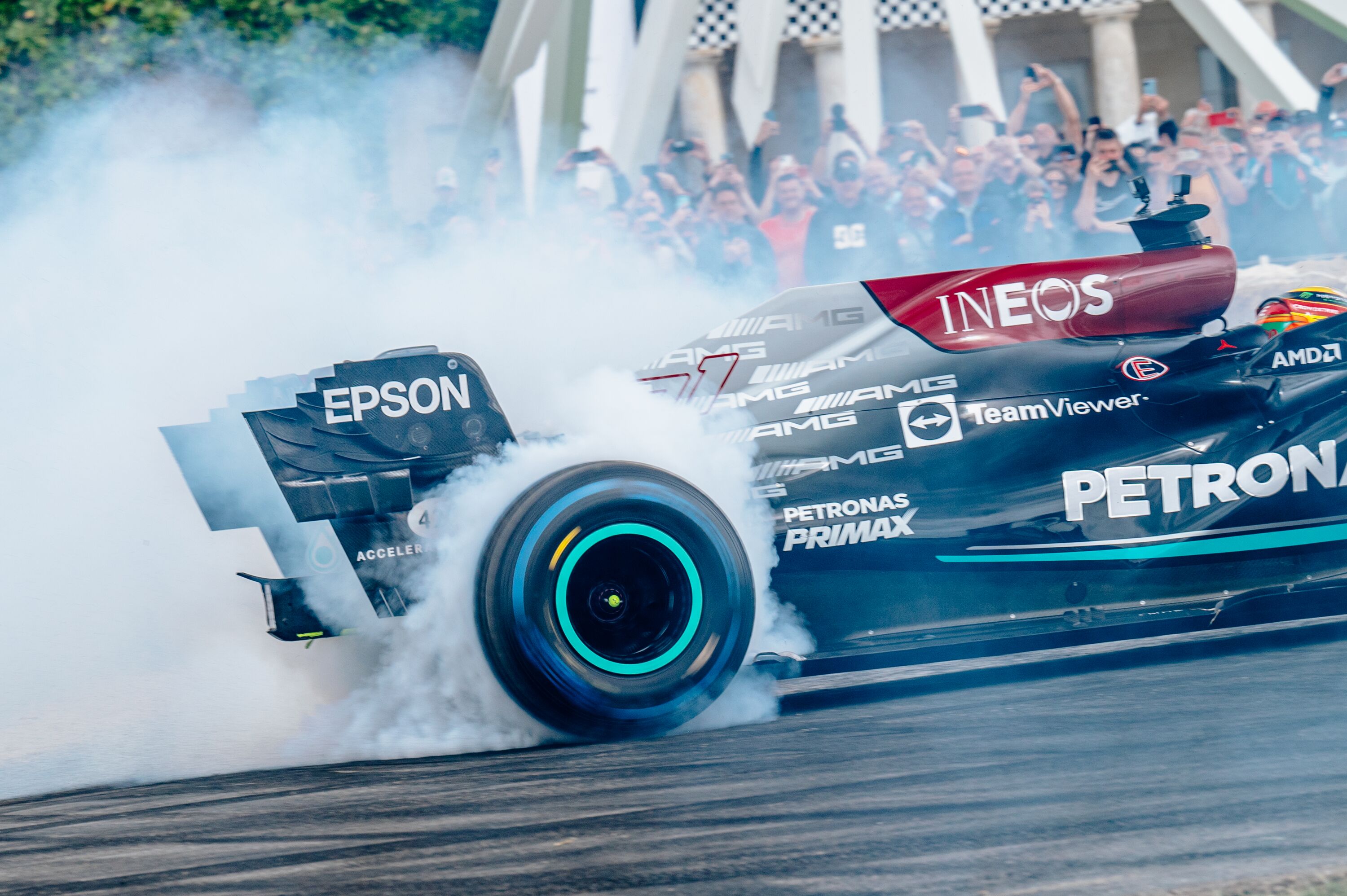The five best Honda racing cars
If I had a pound for every race series that Honda has competed in in its 60-year history, I’d be able to afford a new Civic Type R by now. Well, almost…
Hyperbole aside, the Japanese manufacturer has fielded a vehicle in most modern four-wheeled competitions, and two, come to think of it.

From the humble Accord to the fully-fledged, F1-fighting McLaren-Honda MP4/4, Honda power has contested, and in many cases conquered, more race series than we can fathom have existed.
And while we’d like to shine a light on those lesser-known, unsung series, there just aren’t enough hours in the day.
So here are a few of our favourite Honda racing cars instead…

1965 – Honda RA272
After success on the motorcycle racing scene, Soichiro Honda decided to turn his hand to four wheels. At the 1964 German Grand Prix, the Honda RA271 made its debut, quickly gaining pace throughout the season.
The RA272 arrived the following year, powered by a technically advanced 1,495cc water-cooled, transversely mounted V12, which made 230bhp at 13,000 rpm.
Despite various mechanical issues, Richie Ginther drove it to Honda’s maiden victory in Mexico, becoming the first Japanese car and engine to win in Formula 1. It was the final race of the season, and of the 1.5-litre era and enough for Honda to take sixth in the constructors' championship in just their second season in F1.

1967 – Honda RA300
After the RA272 came the RA273, with a brand new 3.0-litre V12 due to the new regulations, and after that the RA300. It retained that V12, and featured a lighter and better handling chassis designed by Lola's Eric Broadley and based on the Lola T90 Indianapolis 500 car.
Debuting at the eighth, Italian round of 1967, in the hands of Honda’s sole driver, John Surtees, the RA300 quickly found its pace, with a win in Italy. With a fourth place at the final race in Mexico, Surtees finished the season fourth in the drivers' championship and Honda fourth in the constructors' championship.
At the end of the 1968 season, Honda left F1, eventually returning as an engine manufacturer in 1983.

1968 – S800 RSC
Motor racing began in Japan in earnest in 1963, with the inaugural Japanese Grand Prix held at the Suzuka circuit as a sportscar race. Within two years, Honda had established the RSC (Racing Service Club) and when the S800 sports car launched in 1966, Honda RSC produced a uptuned version. The DOHC inline-4 was bored up from 791cc to 845cc, and high performance pistons, and a quad CR carburettor were fitted, raising output from 69bhp to over 99bhp.
With a racing five-speed gearbox, the vehicle weight reduced from 720kg to 660kg, and racing roll bars added, the small-capacity car could reach speeds in excess of 124mph. It was undefeated in its class, and even against some 1600cc and 2000cc class machines.
At the 1968 12 Hours of Suzuka, a canary yellow S800 RSC won the GT-1 class, with drivers Kuniomi Nagamatsu and Yoshifumi Kikura placing third overall, ahead of much more powerful cars including the Nissan Fairlady Roadster and Prince Skyline 2000GT.
1995 – NSX GT2
Honda’s debut entry into the 24 Hours of Le Mans in 1994 was underwhelming, and while all three of its NSX GT2 models finished the race, the best result was sixth in its class, 14th overall.
However, the following year, the manufacturer returned with two turbocharged NSX GT1s and an NSX GT2. While both GT1s failed to classify, the GT2, driven by Keiichi Tsuchiya, Kunimitsu Takahashi and Akira Iida won its class and finished eighth overall, ahead of several GT1 cars. The trio returned in the same car the following year, finishing on the podium in the GT2 class and 16th overall.
Beginning their life as NSX-R shells from the factory, the endurance racers were fitted with a carbon-fibre tub and chassis reinforcements and custom suspension by UK-based TC Prototypes. The NSX-R C30A engine was extensively revised to include a dry sump oiling system, with the GT2 cars receiving a huge carbon-fibre intake plenum with six individual throttle bodies, while the GT1 engines were fitted with a turbocharger with a custom dual-plenum aluminium manifold. As a result, the GT2 engines produced nearly 400bhp (compared to the production version’s 270bhp) and the GT1 engines made in excess of 600bhp – by far the most powerful engine ever see in the NSX. Both were mated to a Hewland 6-speed sequential transmission.

2005 - Honda Integra Type R
While Honda has seen great success with the Civic Type R in recent years, it was in fact a pair of Japanese import Honda Integra Type Rs, and fielded by Team Dynamics, that kickstarted its winning campaign.
By fitting the internals of the Honda Civic Type R that had been competing in the BTCC since 2002, Team Dynamics created a weapon, with an Integra Type R winning its debut race at Donington Park with only limited testing under its belt. Privateer driver Matt Neal scored points in every single race that year, to take his debut BTCC title, repeating the feat in 2006, with Team Dynamics taking the teams' championship both years, too.
Honda
Integra
NSX
BTCC
S800
RA300
RA272





